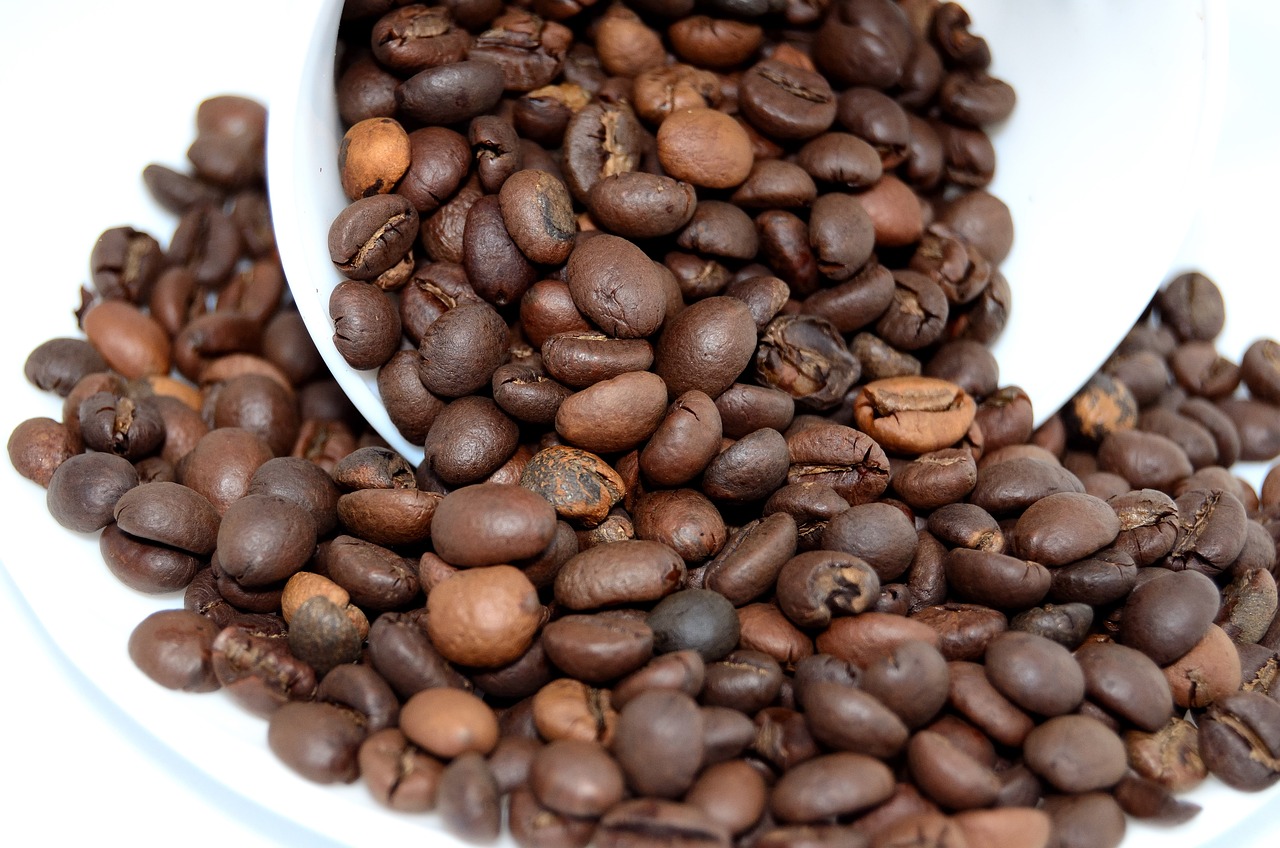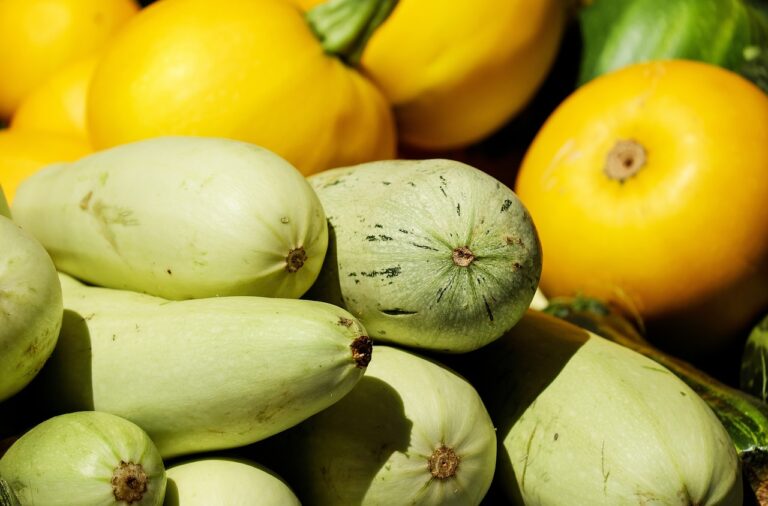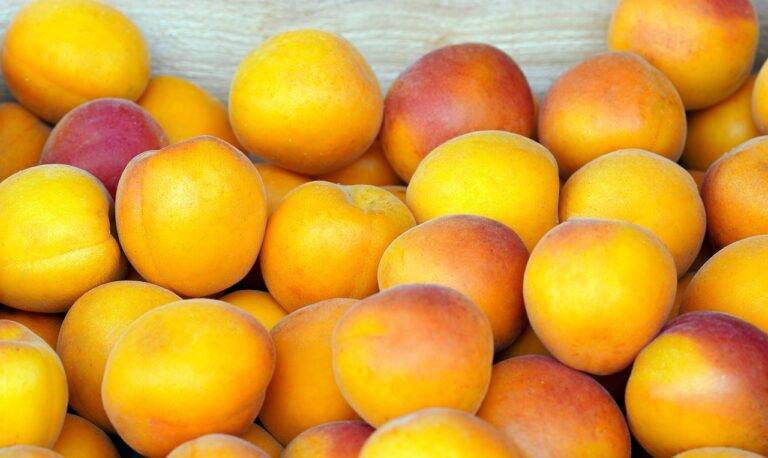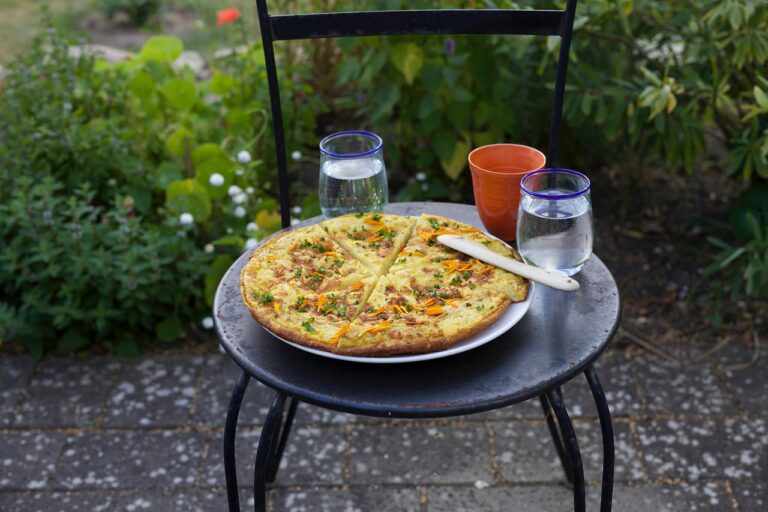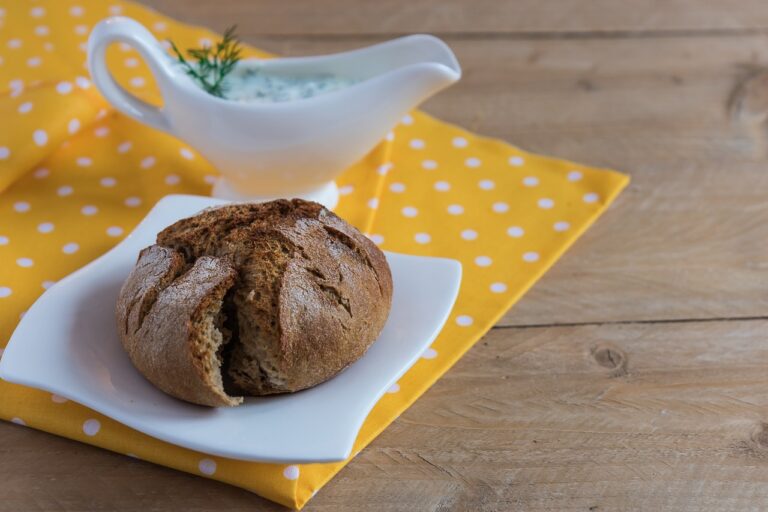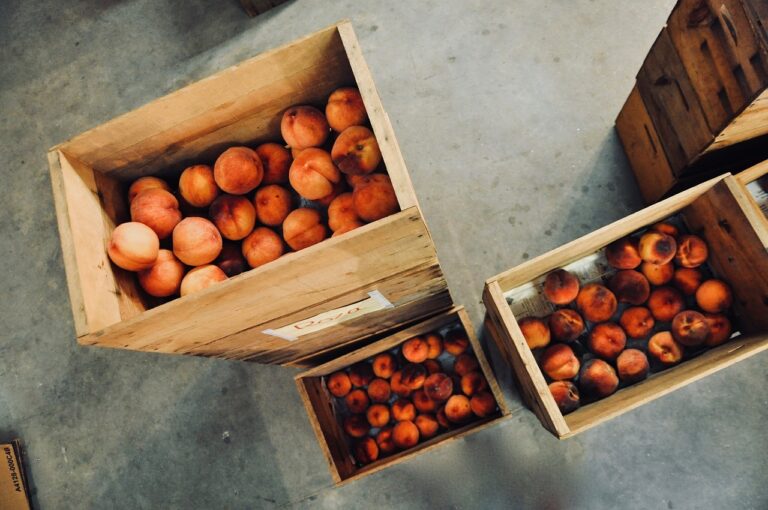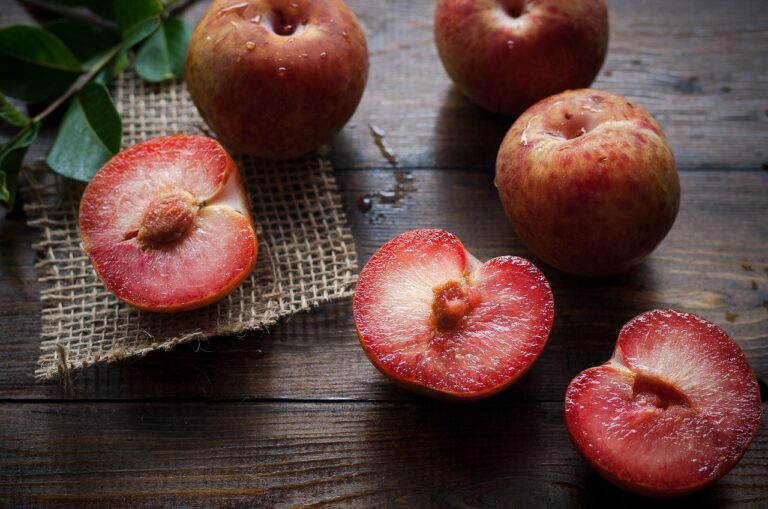The Science of Food Preservation: Exploring Ancient and Modern Techniques
Salt curing and brining are age-old methods of preserving food that have been practiced for centuries. Salt curing involves rubbing or packing food in salt, which draws out moisture and inhibits the growth of bacteria. This process not only extends the shelf life of the food but also enhances its flavor and texture. Brining, on the other hand, involves soaking food in a saltwater solution, which helps impart flavor and moisture to the food.
Both salt curing and brining are versatile methods that can be used on a variety of foods, from meats like bacon and ham to vegetables like cucumbers for pickles. The key to successful salt curing and brining lies in finding the right balance of salt and time, as over-exposure to salt can result in overly salty food. Experimenting with different types of salt, flavorings, and timings can lead to creating unique and delicious preserved foods that can be enjoyed for months to come.
• Salt curing and brining are traditional methods of food preservation that have been used for centuries.
• Salt curing involves packing or rubbing food with salt to draw out moisture and prevent bacterial growth.
• Brining consists of soaking food in a saltwater solution to enhance flavor and moisture content.
• Both methods can be applied to a variety of foods such as meats, vegetables, and even fruits.
• Finding the right balance of salt and time is crucial to avoid overly salty results.
• Experimenting with different types of salt, seasonings, and durations can lead to unique preserved foods.
Fermentation and Pickling
Fermentation and pickling are two traditional methods of food preservation that have been used for centuries. Fermentation harnesses the power of beneficial bacteria to transform sugars and starches in food into lactic acid, creating an acidic environment that inhibits the growth of harmful bacteria. This process not only preserves the food but also enhances its flavor and nutritional value.
Pickling, on the other hand, involves submerging food in a brine solution containing vinegar or salt, which creates an environment that is inhospitable to spoilage-causing microorganisms. The acidity of the brine helps to preserve the food by halting the growth of bacteria and enzymes that cause spoilage. Pickling is a versatile method that can be used to preserve a wide variety of foods, from vegetables and fruits to meats and eggs.
Drying and Dehydrating
For centuries, drying and dehydrating have been valuable methods of food preservation. By removing moisture from food items like fruits, vegetables, meats, and herbs, these techniques hinder the growth of bacteria, molds, and yeasts, extending the shelf life of the products. Drying can be achieved through various traditional methods such as air drying, sun drying, or using specialized equipment like dehydrators. The process involves circulating warm, dry air around the food item to remove moisture gradually, resulting in a shriveled and concentrated final product. This method not only prevents spoilage but also intensifies the flavors of the food being preserved, making dried fruits and herbs popular additions to recipes and snacks.
Dehydrating, on the other hand, is a more modern and efficient technique that quickly removes moisture from food items using low heat. By employing dehydrators, which are designed specifically for this purpose, the process of dehydrating food can be done more evenly and effectively than traditional drying methods. Dehydrated foods retain most of their nutrients, making them a convenient and healthy option for those looking to stock up on preserved goods. From dried fruits for snacking to dehydrated vegetables for soups and stews, this method of preservation offers a wide range of possibilities for culinary creativity and long-term storage.
What is the difference between drying and dehydrating?
Drying refers to the process of removing moisture from food using methods like air-drying or sun-drying, while dehydrating involves using a dehydrator to remove moisture at a controlled temperature.
Why would someone choose to salt cure or brine their food?
Salt curing and brining are used to preserve food by inhibiting the growth of bacteria. It also adds flavor and can help to tenderize meat.
How does fermentation and pickling help preserve food?
Fermentation and pickling involve using bacteria to break down sugars and produce lactic acid, which acts as a natural preservative. This process not only preserves the food but also gives it a unique flavor.
What are the advantages of drying and dehydrating food?
Drying and dehydrating food can extend its shelf life, reduce its weight and volume for storage, and concentrate its flavor. It is also a great way to preserve food without the need for artificial preservatives.

